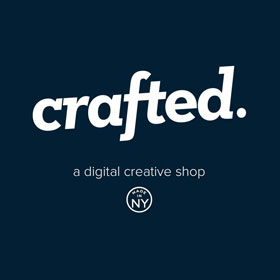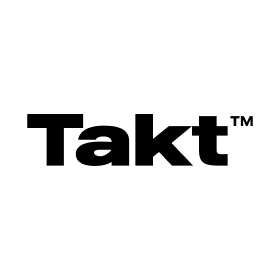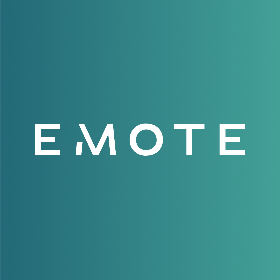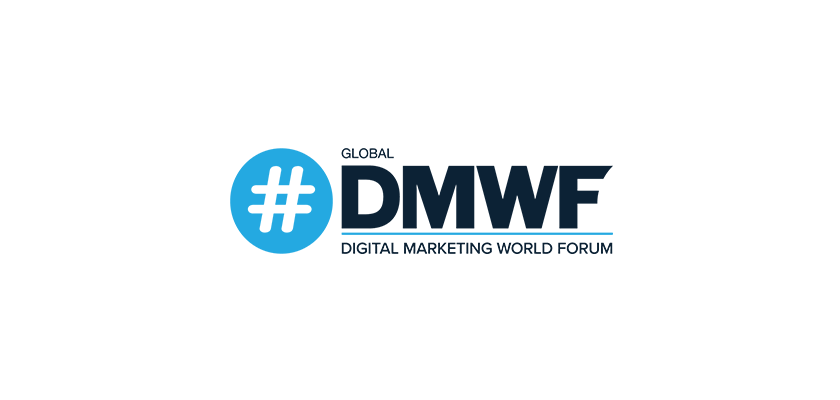
Inspiring Medical & Healthcare Web Design Examples from Leading Digital Agencies
Patients’ perception of healthcare and medical organizations is strongly influenced by the design of their websites. A well-designed website can not only inform and educate people about the services provided but also create a sense of trust and credibility.
From the layout and navigation to the imagery and typography, every element of a healthcare website design should be carefully considered to create a positive user experience. So, if you want to make a lasting impression on your patients and establish your organization as a trusted healthcare provider, investing in the design of your website is a critical step toward ranking among the best healthcare website design owners.
Healthcare & Medical Website Design Essentials with Examples
In today’s digital age, having a strong online presence is essential for healthcare organizations. With the majority of people now turning to the internet to find information about healthcare providers, services, and medical conditions, it’s crucial to have a website that is not only informative and accurate but also visually engaging, user-friendly, and easy to navigate.
Let’s look at the important elements that every successful healthcare website design should have:
Clear and Concise Navigation
Your website’s navigation menu should be intuitive and user-friendly, making it easy for visitors to find the information they need. This means using clear and descriptive labels for each menu item, organizing your content logically, and ensuring that your menu is consistent across all pages of your site.
Here’s an example of an easy-to-navigate healthcare website, designed by eDesign Interactive:
Another great example is by Massive Media. Massive Media redesigned VCHRI’s website, focusing on accessibility and intuitive navigation to ensure easy access to health resources for all users. Their work, grounded in deep content strategy and user experience design, simplified the complexity of healthcare information. By enhancing the site’s accessibility, they catered to a broad audience, including those with physical impairments. This project, which won the 2022 Gold Quill Award, demonstrates Massive Media’s commitment to creating websites that are not only visually appealing but also profoundly impactful and user-centric.
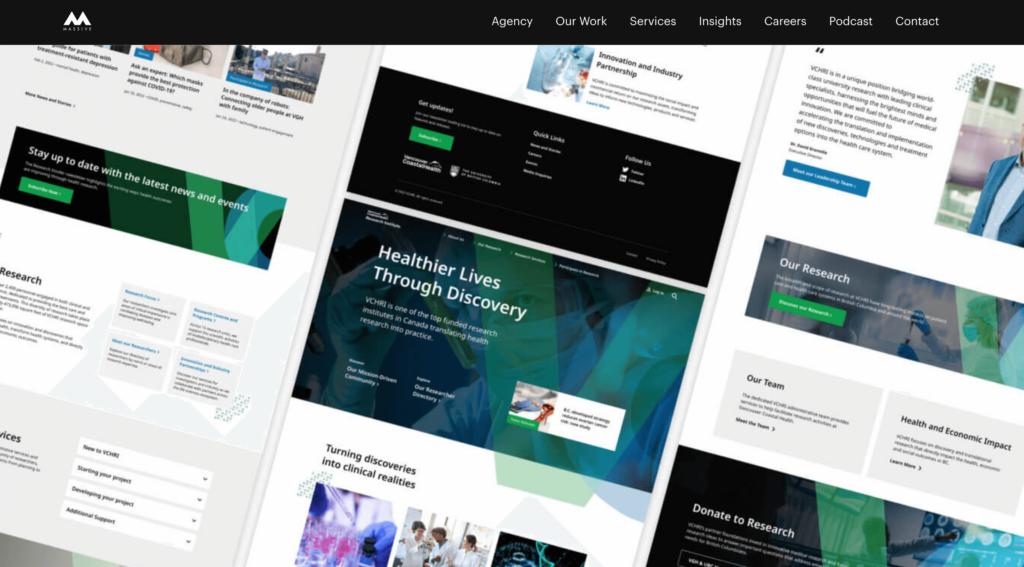
Mobile Responsiveness
With more and more people accessing the internet on their smartphones and tablets, it’s crucial that your website is mobile-responsive to have the best medical website design. This means using responsive design techniques to ensure that your site adapts to different screen sizes and resolutions, providing a seamless user experience across all devices.
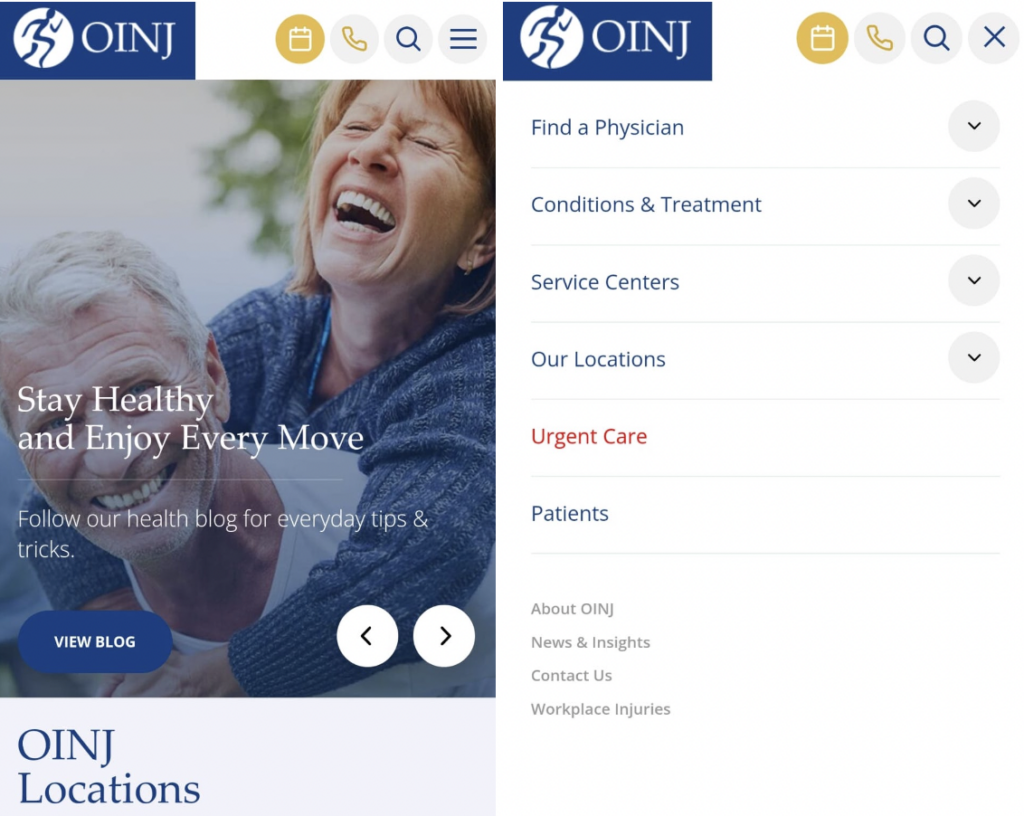
Professional and Consistent Design
Luminary’s efforts towards Cancer Council Australia’s website are noteworthy. This project stands as a testament to state-of-the-art medical and healthcare website design, moving away from outdated content and structure to a more efficient, user-centric online presence. Previously, the site suffered from outdated content and structural issues, making it difficult to update and maintain. To address these challenges, Luminary collaborated with the council to create a professional, user-friendly, and search-optimized website. This involved selecting a headless CMS for flexibility and scalability, refining the user experience through content audits, and implementing a fresh, emotionally engaging design. The result was a significantly improved website, offering faster load times, reduced infrastructure costs, and enhanced usability across devices.
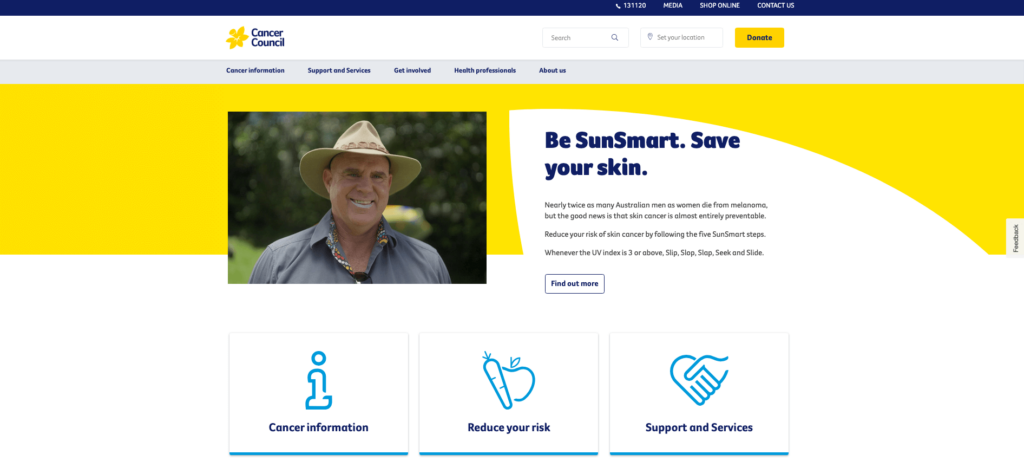
Keeping a consistent design approach refers to working with a team of design professionals including mid and senior-level designers. And that means at some point you may need to partner up with an agency having a proven success record in your industry. Check out our comprehensive list of healthcare marketing company in Australia before jumping into the following bullet.
High-Quality Imagery
As the saying goes, a picture is worth a thousand words. Using high-quality images and videos can help to visually communicate your message, make your website more engaging, and create a more memorable experience for your visitors.
Call to Action
CTAs are a crucial part of any website, as they help to guide visitors to take the next step, whether it’s booking an appointment, downloading a patient form, or signing up for a newsletter. To create effective CTAs, use action-oriented language and place them in prominent locations on your website, such as at the top of your homepage or in your site’s sidebar. If you want to rank among the best healthcare website design owners, Mayo Clinic is a great example to analyze with its well-located CTAs:
User-Friendly Forms
Whether it’s a contact form or a patient registration form, it’s important to ensure that your forms are user-friendly and easy to complete. This means using clear and concise labels, keeping the form fields to a minimum, and providing helpful instructions. You can also use validation messages to help users know if they’ve filled out the form correctly.
Devotion’s work for the Australian Council of Healthcare Standards (ACHS) highlights their expertise in providing top-tier healthcare web design services. Devotion skillfully integrated user-friendly and clear contact buttons, along with efficient contact forms, making it easier for patients to navigate and connect. These features enhance user experience, reflecting the agency’s commitment to creating accessible, intuitive web designs for healthcare clients. Their approach effectively combines technical proficiency with a deep understanding of healthcare industry needs.
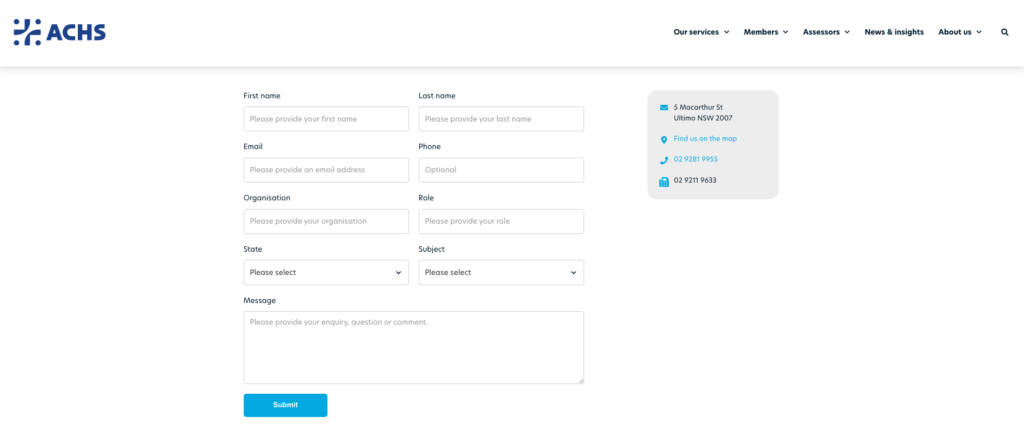
Accessible Design
It’s essential to create a website that is accessible to all users, regardless of their abilities. This means using a website design that conforms to the Web Content Accessibility Guidelines (WCAG) and providing alternative text for images and videos. This will ensure that all users, including those with disabilities, can access and use your site.
Conclusion
As we previously mentioned in this blog post, a well-developed website is crucial for healthcare & medical organizations in today’s digital age. By incorporating the essential elements discussed in this article, you can create websites that are informative, visually engaging, and user-friendly.
But, offering all these aspects of a high-quality website requires can only be achievable with the help of professionals in this field if you are not one. You can reach out to web design companies and healthcare marketing services for assistance to have such qualified website design just like the agencies we’ve exemplified provide.
Don’t pass up the opportunity to improve your online presence and take your healthcare practice to the next level. Contact a web design company or healthcare marketing service provider today to get started!


